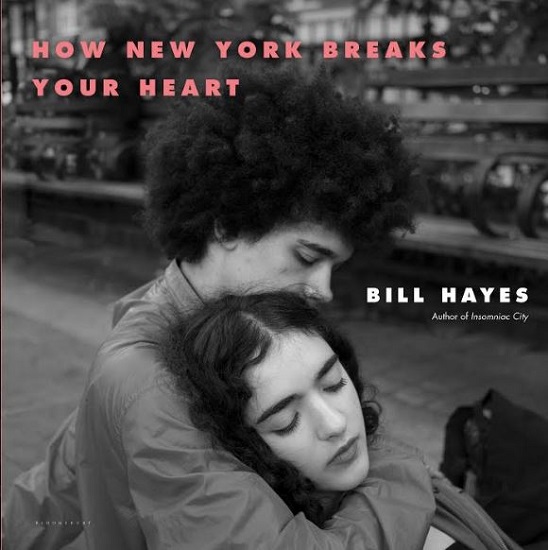Photographer Bill Hayes captures NYC street life in new book
Brooklyn BookBeat

bill-hayes-book.jpg
Author and photographer Bill Hayes is originally from Spokane, Washington, a city not usually associated with strolling, or with producing flaneurs. But Hayes does love walking and he does love taking pictures.
As the Paris Review says, the flaneur is not just a stroller, but a “passionate wanderer emblematic of 19th-century French literary culture.”

Brooklyn Boro
View MoreNew York City’s most populous borough, Brooklyn, is home to nearly 2.6 million residents. If Brooklyn were an independent city it would be the fourth largest city in the United States. While Brooklyn has become the epitome of ‘cool and hip’ in recent years, for those that were born here, raised families here and improved communities over the years, Brooklyn has never been ‘uncool’.